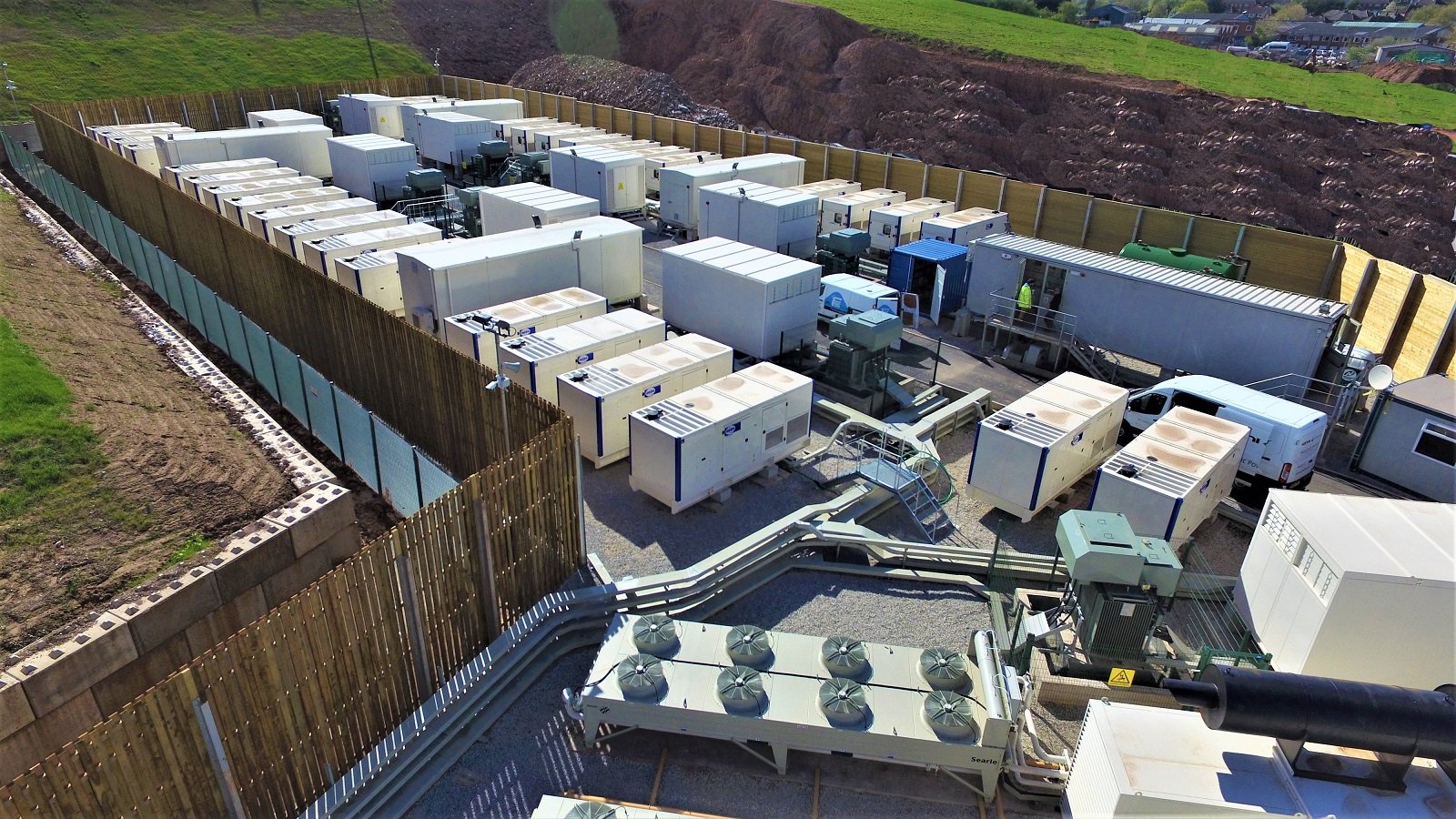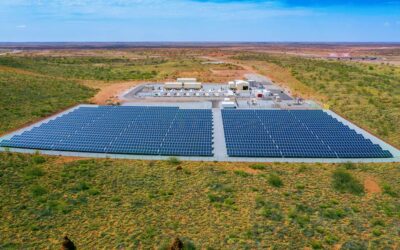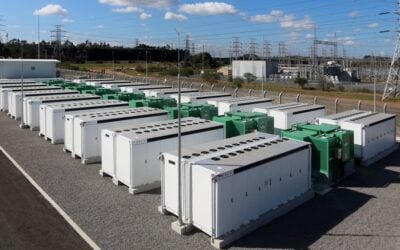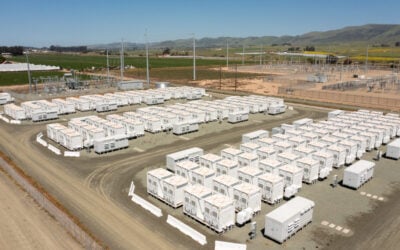
Batteries are to be used for reactive power services for the UK grid as part of a ‘world-first’ project to create a new reactive power market for distributed energy resources (DERs).
UK battery storage company Zenobe Energy is putting 10MW of battery storage, located at its King Barn facility in Sussex, south England, into the Power Potential Project, run by electric system operator National Grid ESO.
Enjoy 12 months of exclusive analysis
- Regular insight and analysis of the industry’s biggest developments
- In-depth interviews with the industry’s leading figures
- Annual digital subscription to the PV Tech Power journal
- Discounts on Solar Media’s portfolio of events, in-person and virtual
Reactive power is an increasingly important part of the UK grid, maintaining voltage levels to allow more energy to be transported down existing infrastructure. It therefore increases the capacity of the transmission system without having to upgrade infrastructure.
As more intermittent renewables have come onto the grid, the need to finely balance the voltage has led National Grid ESO to explore a number of reactive power solutions. Zenobe’s battery storage will provider those services to National Grid ESO via the lines of distribution network operator (DNO), UK Power Networks (UKPN).
The Power Potential Project, spearheaded by National Grid ESO and UKPN, is looking for create a new reactive power market for distributed energy resources (DERs) in the South East. It could save consumers over £400m (US$518.80 million) by 2050, as well as generating up to an additional 4GW.
Zenobe’s batteries will be able to absorb and generate reactive power to alleviate capacity challenges as distributed energy generation in the region continues to grow.
Live testing of the battery system will now take place with UK Power Networks throughout March, following successful trials in a lab last year. Last year, a UK solar farm operated by Lightsource BP helped provide reactive power as part of the project.
This story first appeared in its original form on Current±.
Oversubscribed share placing for UK listed fund raises over US$40m
London Stock Exchange-listed energy storage investment vehicle Gresham House Energy Storage Fund has raised £31.2 million (US$40.47 million) in an oversubscribed share placing, with funds earmarked for a potential acquisition.
The fund raised the money in gross proceeds through the issue of 30 million shares at a Placing Price of 104 pence per share. The proceeds of the placing are to be used to complete the potential acquisition of a “significant operational project” that has the potential for expansion over 50MW, Gresham House said.
It is to fund the 10MW extension of the Glassenbury project, acquired in December 2019, with the balance to provide increased working capital. Gresham House has made a number of UK battery storage acquisitions lately, including the 49MW Red Scar battery and a 10MW battery in Kent.
Ben Guest, manager of Gresham House Energy Storage Fund, said its discussions with investors suggest “growing confidence in our plans, and deepening understanding of the importance of battery storage in facilitating a reliable and cost-effective energy transition”.
“These are undoubtedly factors that investors take into consideration in deciding which opportunities to back in the renewable infrastructure sector,” Guest added, confirming the funding in this round came from both existing investors and new names.
Gresham House’s portfolio has a current capacity of 174MW, having raised £238 million in the 15 months since its London Stock Exchange IPO.
This story by Alice Grundy.
This story first appeared in its original form on Solar Power Portal.






